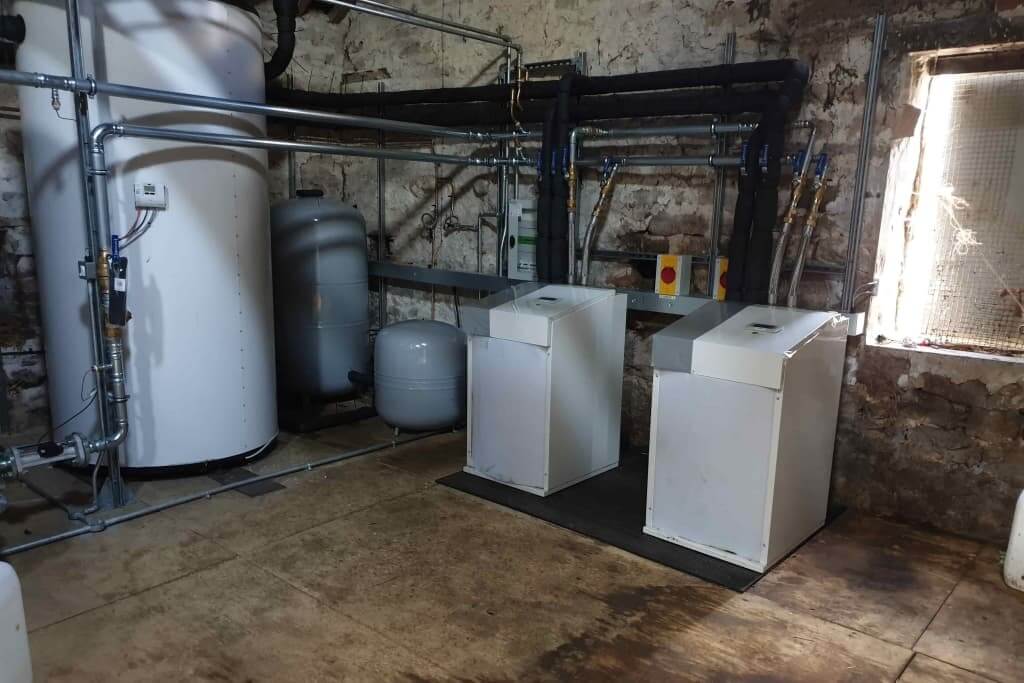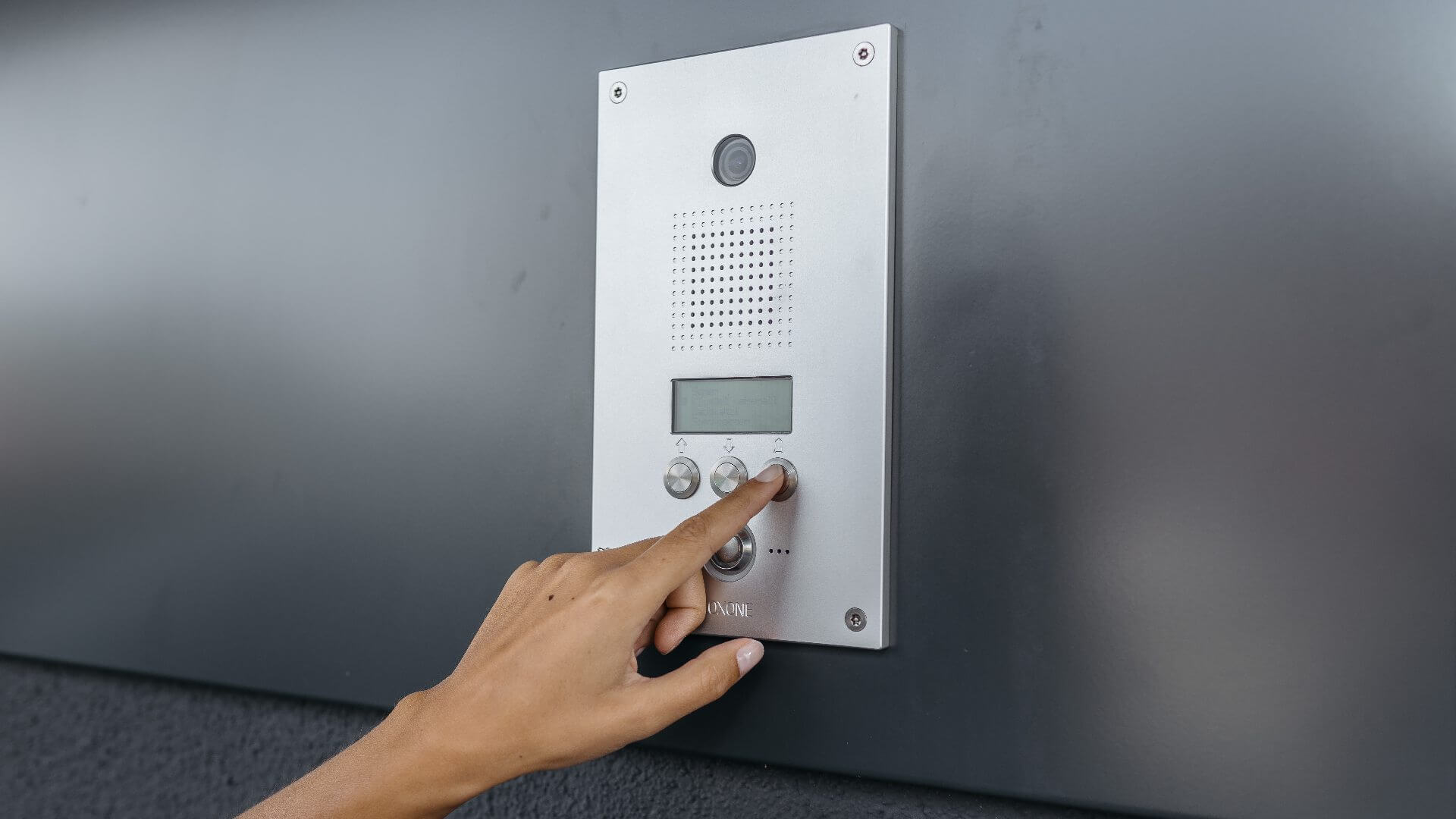
Most FTP programs operate in passive mode.

User Interface HTTPS (changing port recommend) User Interface HTTP (changing port recommend) Port forwarding on the router is required: Port The following ports are used for external access to the Miniserver. Īfter enabling the port on your router, you can already access your Miniserver with your external IP address (Example: Click here to view your current IP address.Īfter configuring and saving in the router, your Miniserver can be reached at your Internet IP address. More information about port forwarding and instructions for many router models can be found here. The port forwarding is configured in the settings of your router (usually called Port Forwarding, often part of the Firewall settings). Therefore, when forwarding the port on the router, you have to specify the port that was previously set for HTTP or HTTPS port in Loxone Config. This enables the Minsierver to be accessible externally via your router. Port forwarding opens a specified external port on the router and forwards all data traffic to a predefined internal port of a device in your home network. The internet can be accessed from a network via a router, the router in turn can be reached on the internet at its external address. The Loxone Remote Connect service supports access via any IPv4/IPv6 combination.

If you are using another DDNS service, use your registered address instead.
#Loxone remote access serial number#
The latter part of the address is the serial number of your Miniserver. When using Loxone Cloud DNS, the Miniserver can be reached from the Internet after a few minutes at an address according to the scheme. To also enable remote configuration via Loxone Config, enable the option:Īllow this Miniserver to be configured remotely with Loxone Config over the internet.įinally, click on Apply and send to Miniserver and the Miniserver will reboot. The Loxone Cloud DNS service is used to simplify access if you do not receive a static address from your Internet service provider and the external IP changes frequently.Īlternatively, you can use a different DDNS service, and enter the static address in this field. We recommend selecting a port that is not included in the following list: Such ports are theoretically exposed to a higher risk of attacks from the Internet. Many ports are also used for popular services and are therefore well known. *Please note that some ports are considered unsafe by some browsers or Internet service providers and may be blocked. When using HTTPS, it is recommended not to use or forward the HTTP port for external access (enter 0).

Select a port in the range of 1024-49151*. The selected port must then be configured in the router’s port forwarding settings.įor applications with increased security requirements, a VPN connection to the Miniserver can be used.Įnter the external port for the connection in HTTPS Port. Not recommended for the current Miniserver.
#Loxone remote access manual#
Then open Configure Miniserver, and activate Manual external access:Įnter the external port for the connection in HTTP Port. Start Loxone Config and connect to your Miniserver.
#Loxone remote access software#
Please always use the latest software (Loxone Config, Firmware, Apps).Ī secure and strong password to access the Miniserver is also important.


 0 kommentar(er)
0 kommentar(er)
